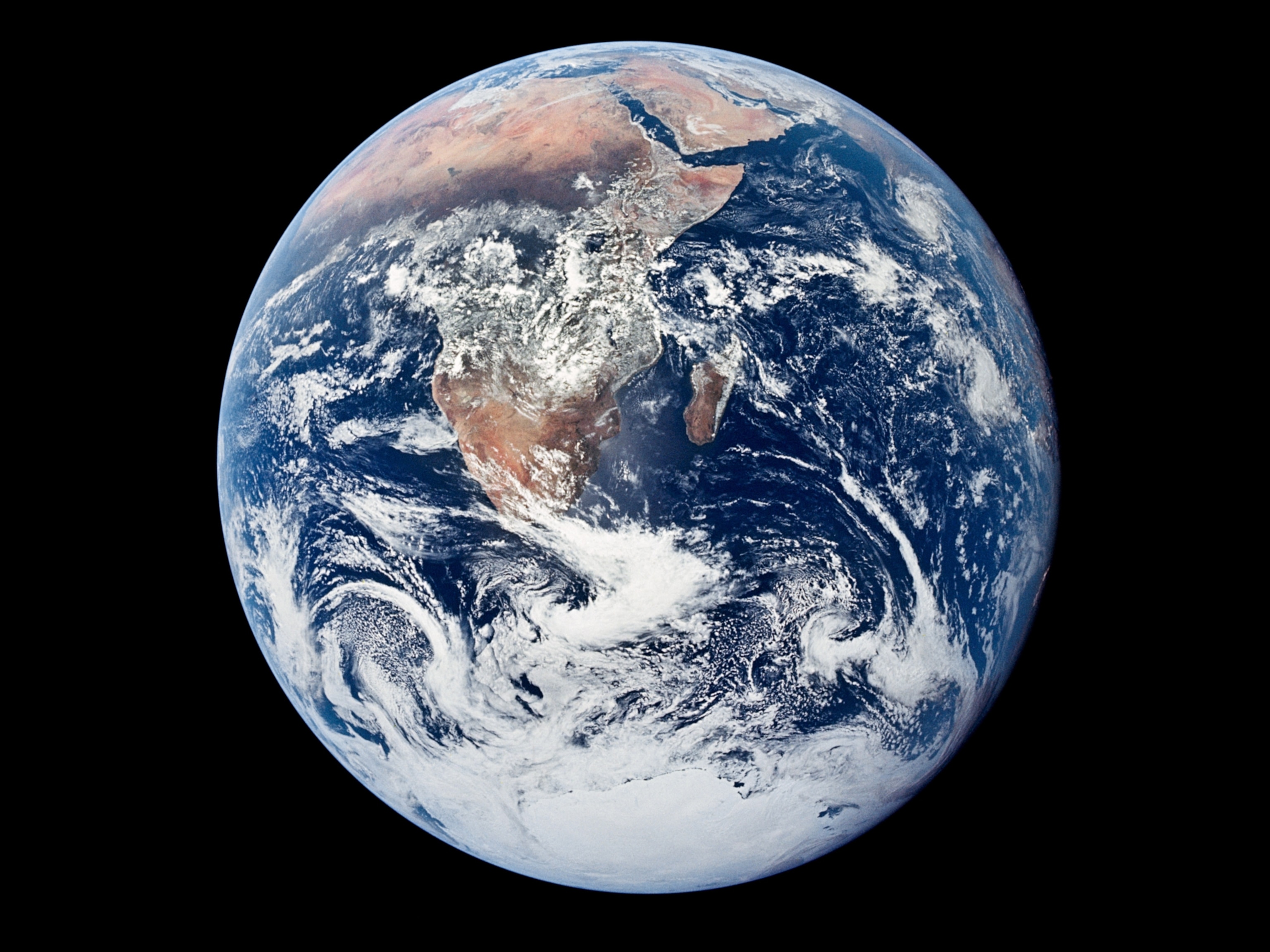
Are there real ways to fight climate change? Yes.
Humans have the solutions to fight a global environmental crisis. Do we have the will?
The evidence that humans are causing climate change, with drastic consequences for life on the planet, is overwhelming.
Experts began raising the alarm about global warming in 1979, a change now referred to under the broader term climate change, preferred by scientists to describe the complex shifts now affecting our planet’s weather and climate systems. Climate change encompasses not only rising average temperatures but also extreme weather events, shifting wildlife populations and habitats, rising seas, and a range of other impacts.
Over 200 countries—193 countries plus the 27 members of the European Union—have signed the Paris Climate Agreement, a treaty created in 2015 to fight climate change on a global scale. The Intergovernmental Panel on Climate Change (IPCC), which synthesizes the scientific consensus on the issue, has set a goal of keeping warming under 2°C (3.6°F) and pursuing an even lower warming cap of 1.5 °C (2.7° F).
But no country has created policies that will keep the world below 1.5 °C, according to the Climate Action Tracker. Current emissions have the world on track to warm 2.8°C by the end of this century.
Addressing climate change will require many solutions—there's no magic bullet. Yet nearly all of these solutions exist today. They range from worldwide changes to where we source our electricity to protecting forests from deforestation.
The promise of new technology
Better technology will help reduce emissions from activities like manufacturing and driving.
Scientists are working on ways to sustainably produce hydrogen, most of which is currently derived from natural gas, to feed zero-emission fuel cells for transportation and electricity.
Renewable energy is growing, and in the U.S., a combination of wind, solar, geothermal, and other renewable sources provide 20 percent of the nation’s electricity.
New technological developments promise to build better batteries to store that renewable energy, engineer a smarter electric grid, and capture carbon dioxide from power plants and store it underground or turn it into valuable products such as gasoline. Some argue that nuclear power—despite concerns over safety, water use, and toxic waste—should also be part of the solution, because nuclear plants don't contribute any direct air pollution while operating.
Should we turn to geoengineering?
While halting new greenhouse gas emissions is critical, scientists say we need to extract existing carbon dioxide from the atmosphere, effectively sucking it out of the sky.
Pulling carbon out of the atmosphere is a type of geoengineering, a science that interferes with the Earth’s natural systems, and it’s a controversial approach to fighting climate change.
Other types of geoengineering involve spraying sunlight-reflecting aerosols into the air or blocking the sun with a giant space mirror. Studies suggest we don’t know enough about the potential dangers of geoengineering to deploy it.
Restoring nature to protect the planet
Planting trees, restoring seagrasses, and boosting the use of agricultural cover crops could help clean up significant amounts of carbon dioxide.
The Amazon rainforest is an important reservoir of the Earth’s carbon, but a study published in 2021, showed deforestation was transforming this reservoir into a source of pollution.
Restoring and protecting nature may provide as much as 37 percent of the climate mitigation needed to reach the Paris Agreement’s 203o targets. Protecting these ecosystems can also benefit biodiversity, providing a win-win for nature.
Adapt—or else
Communities around the world are already recognizing that adaptation must also be part of the response to climate change. From flood-prone coastal towns to regions facing increased droughts and fires, a new wave of initiatives focuses on boosting resilience. Those include managing or preventing land erosion, building microgrids and other energy systems built to withstand disruptions, and designing buildings with rising sea levels in mind.
Last year, the Inflation Reduction Act was signed into law and was a historic investment in fighting and adapting to climate change.
(Read more about how the bill will dramatically reduce emissions.)
Recent books such as Drawdown and Designing Climate Solutions have proposed bold yet simple plans for reversing our current course. The ideas vary, but the message is consistent: We already have many of the tools needed to address climate change. Some of the concepts are broad ones that governments and businesses must implement, but many other ideas involve changes that anyone can make—eating less meat, for example, or rethinking your modes of transport.
"We have the technology today to rapidly move to a clean energy system," write the authors of Designing Climate Solutions. "And the price of that future, without counting environmental benefits, is about the same as that of a carbon-intensive future."
Sarah Gibbens contributed reporting to this article.















